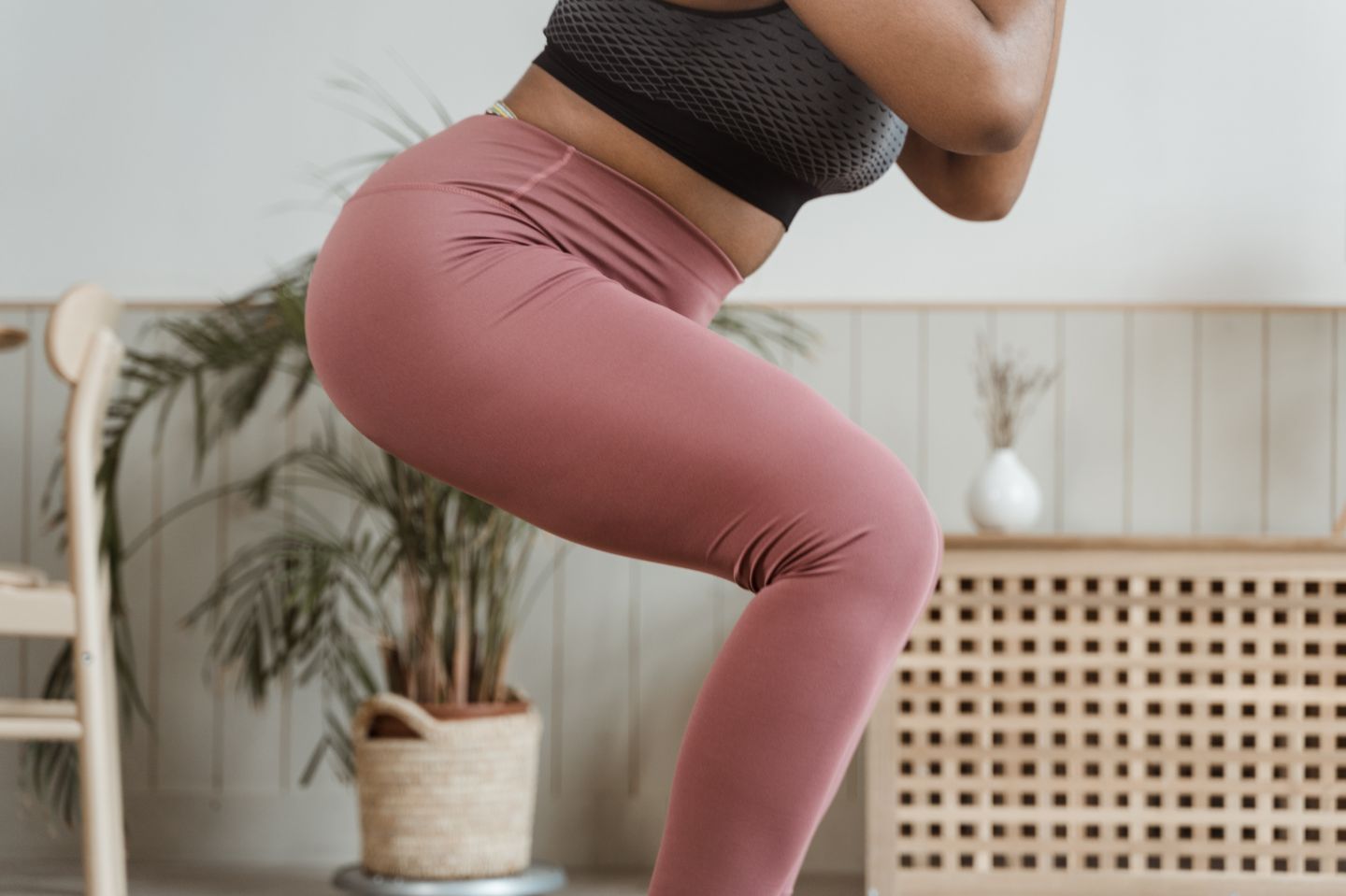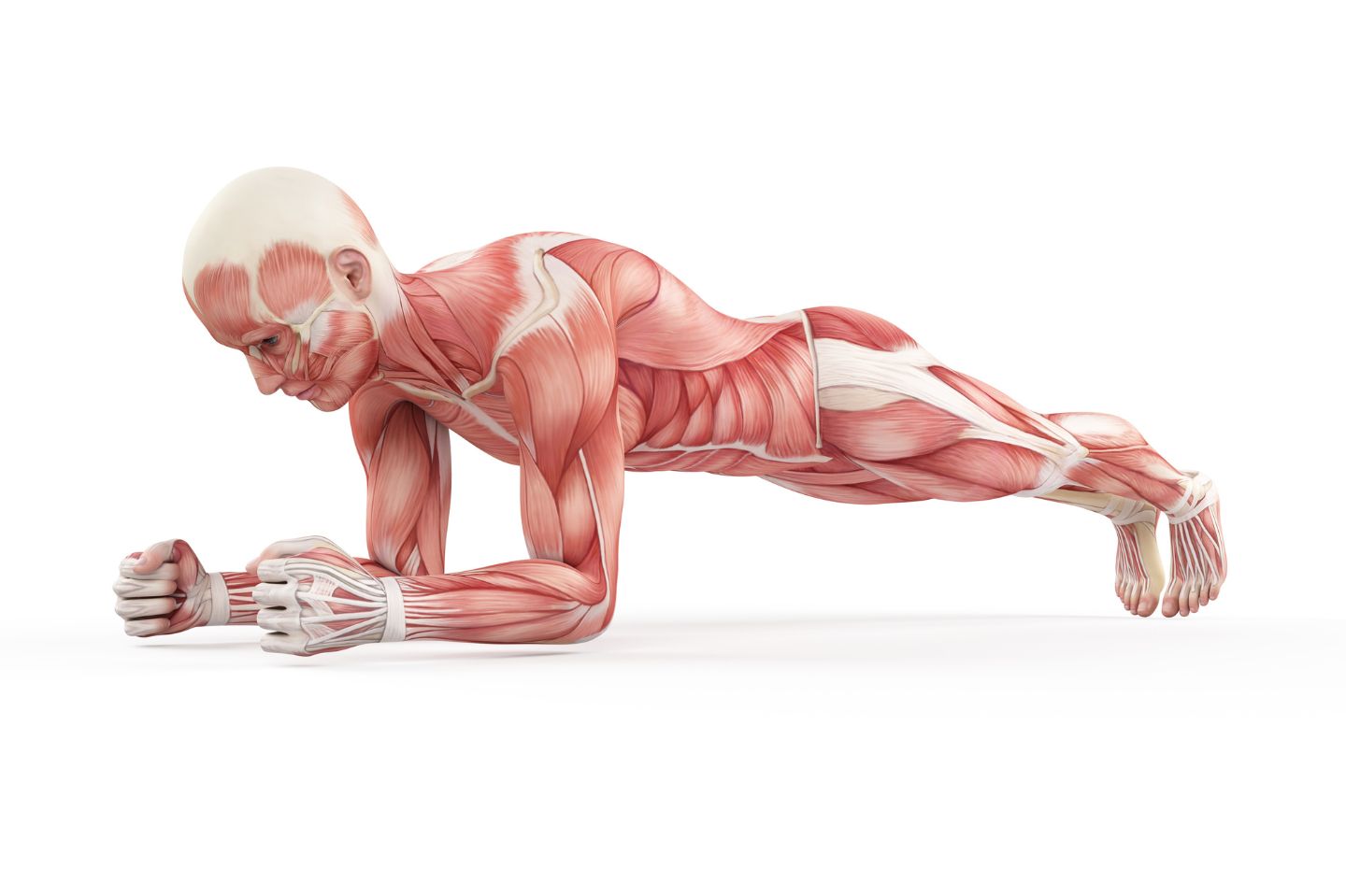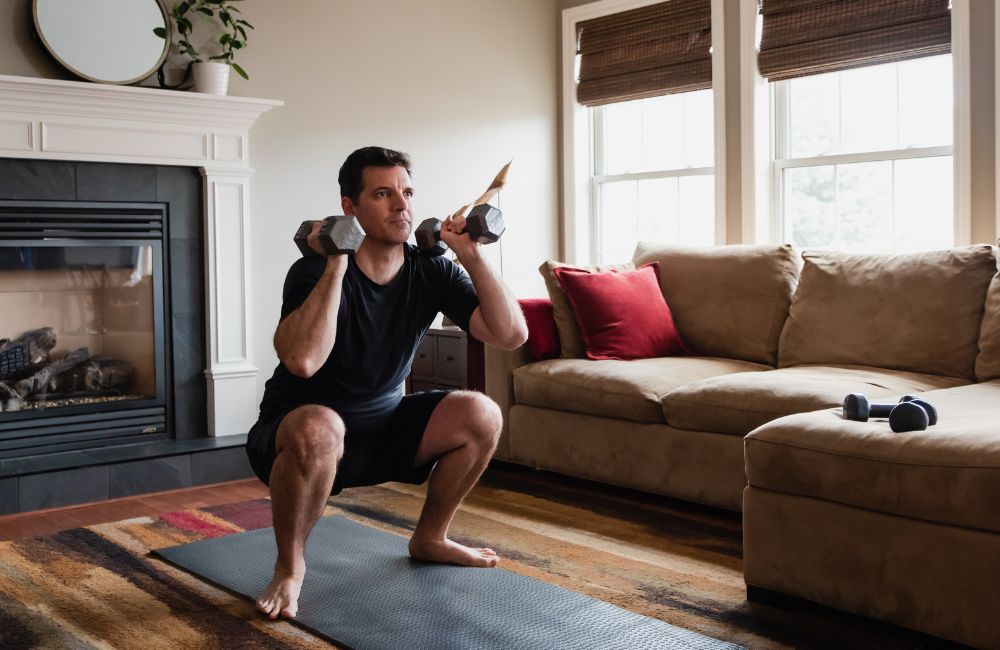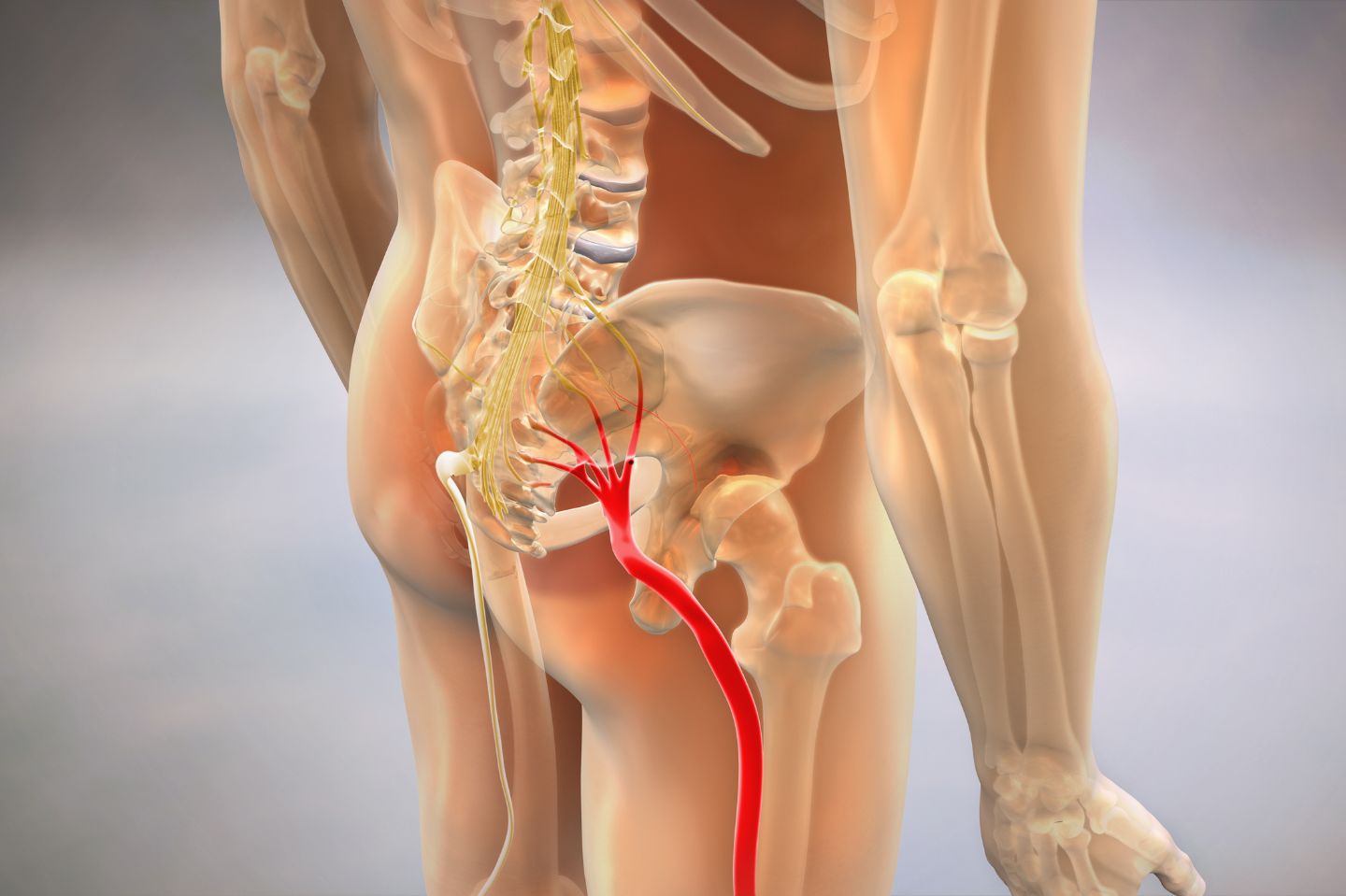When you go to the gym, your routine probably includes some weight lifting, cardio, and maybe some stretching. But how often do you work on your pelvic floor? Unless you’ve received specific instruction, odds are you’ve never worked out this important body region. Unfortunately, neglecting this key muscle group can lead to a host of issues, especially as we get older.
My goal in writing this post is to educate the reader on the importance of maintaining strength in the pelvic floor. On that note, let’s take a look at some basic background information on this important body structure and discuss some exercises you can use to strengthen these muscles.
What Is The Pelvic Floor?

The pelvic floor is a group of interconnected muscles found in the body’s pelvic region. These muscles serve to support key reproductive, urinary, and digestive structures.
When the pelvic floor is not functioning properly, patients will often experience incontinence, sexual performance issues, and a variety of other health problems.
Pelvic Floor Strengthening 101
From a scientific standpoint, the pelvic floor muscles are quite similar to other muscles of the body, such as the biceps and triceps. However, strengthening these muscles often requires a slightly different approach due to their position and function.
Specifically, one of the key ways to activate the pelvic floor is to consciously contract the muscles that stop the flow of urine. For those involved with the rectum, you’ll focus on stopping the gas from escaping.
Also, the muscles of the pelvic floor can be activated by focusing on deep, even breathing. Combining diaphragmatic movement with pelvic floor activation can often lead to better outcomes in the long run.
Specific Pelvic Floor Exercises
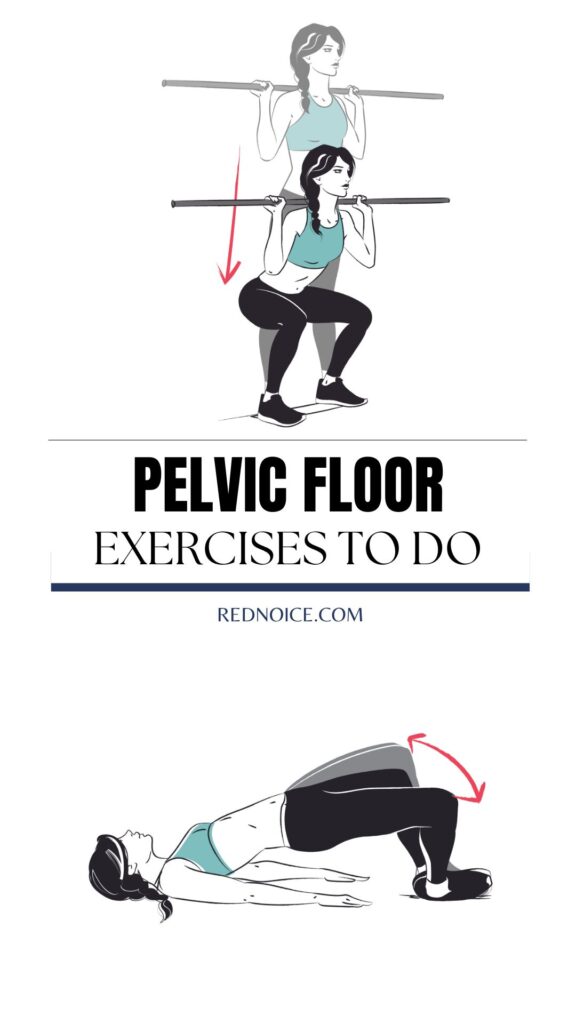
If you’ve heard of the pelvic floor, you’ve probably heard of Kegels. Kegels are simply movements in which the pelvic floor muscles are tightened isometrically.
Kegels should be performed daily. Ideally, in order to properly perform Kegels, you should contract your pelvic floor muscles, hold for 10 seconds, and repeat 10 times per set, for 3 sets per session. Most people will need to start performing Kegels in a supine or seated position. However, as you get stronger and develop better control over these muscles, you can perform them in standing and with different movements.
Additionally, lower body and core movements, such as squats, can help to improve the strength of the pelvic floor. These should be performed as part of a total body strengthening program at least two times per week, for 3 sets of 10 reps per set.
Conclusion
Pelvic floor strengthening is an important practice for everyone, not just women. The pelvic floor provides valuable support and stability for many of our key body functions. Best of all, it takes minimal effort to keep this area strong and healthy.
However, if you are experiencing pelvic floor dysfunction, you should not take this issue lightly. Pelvic floor issues can be indicative of much worse underlying ailments. Be sure to talk to your doctor if you notice changes related to urination, defecation, or sexual performance. They will be able to order the tests and prescribe the treatments necessary to help you feel better.
Once you have determined, with the help of your healthcare provider, that you simply need some pelvic floor strengthening, you’ll notice progress quickly. With just a few dedicated minutes a day, you’ll improve your health significantly. Plus, you’ll decrease your chances of developing incontinence and other related issues.
Works Cited
- Cho ST, Kim KH. Pelvic floor muscle exercise and training for coping with urinary incontinence. J Exerc Rehabil. 2021 Dec 27;17(6):379-387. doi: 10.12965/jer.2142666.333. PMID: 35036386; PMCID: PMC8743604.








